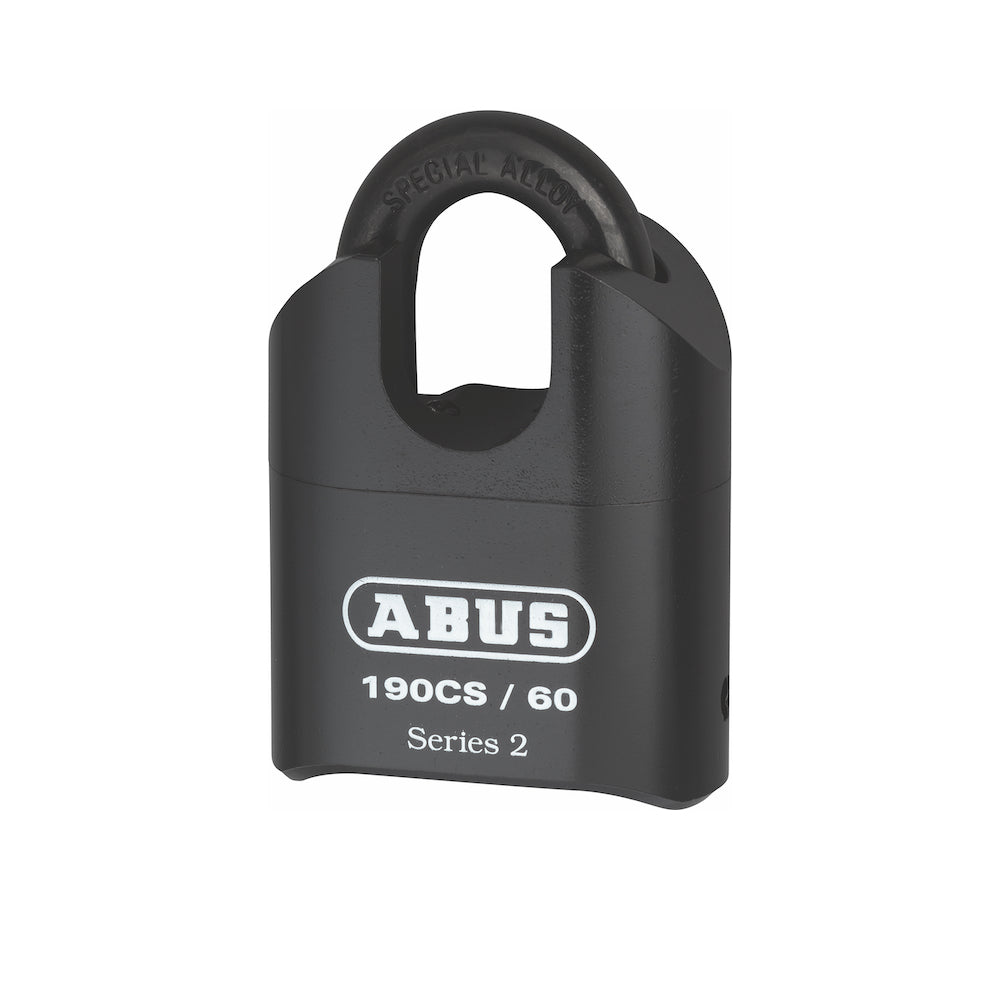

How to Reset a Combination Lock
To reset a combination lock, locate the reset button or slot, press it while setting your new code, then release to confirm the change. For locks without a reset mechanism, you may need to contact the manufacturer or a locksmith.
Resetting a combination padlock means changing the numerical sequence required to open a multi-dial locking device, typically involving a specific procedure to alter the internal mechanism.
Reset a combination lock is also known as:
- Change lock code
- Alter lock combination
- Modify lock sequence
- Reconfigure padlock digits
How to Reset a Combination Padlock
Resetting a combination lock is a straightforward process for most models, but it can vary depending on the lock’s design. Here’s a general guide:
- Locate the reset button or slot on your lock. This is typically a small button or hole on the side or bottom of the lock.
- If your lock has a reset button, press and hold it down. For locks with a reset slot, insert the reset tool provided with the lock.
- While holding the reset button or tool, set your new combination by turning the dials to your desired numbers.
- Release the reset button or remove the reset tool to confirm the new combination.
- Test the new combination several times to ensure it works correctly.
For locks without a visible reset mechanism, you may need to refer to the manufacturer’s instructions or contact them directly for guidance.
If you’ve forgotten your current combination, you might be able to recover it by systematically trying different combinations, starting with all zeros and incrementing each dial. However, this can be time-consuming and may not work for all lock types.
It’s important to note that some padlocks cannot have their combinations changed, as the code is determined by slots cut into the internal wheels. In these cases, if you’ve forgotten the combination, you may need to replace the lock entirely.
Combination Padlocks: Reliable Security for Every Need
Combination locks offer a convenient, keyless security solution for various applications. At Locks Direct, we provide a wide selection of high-quality combination padlocks from trusted brands like Squire and ABUS, ensuring durability and peace of mind.
Our combination locks are ideal for securing:
- gates
- luggage
- gym lockers
- toolboxes
- sheds
- garages
- office cupboards
- machinery
To help you choose the right padlock for your needs, we offer expert guidance on the best combination locks for 2024, prioritising safety at home or on the go.
Glossary of Terms
- Combination lock: A locking device opened by inputting a specific sequence of numbers or letters.
- Dial: The rotatable disc used to input numbers on a combination lock.
- Shackle: The U-shaped metal bar that secures the lock to an object.
- Reset button: A small button or lever used to initiate the combination change process.
- Default combination: The original code set by the manufacturer.
Here to help you
Our friendly locks online specialists support you with your security needs. At Locks Direct, we have a range of locks for multiple applications. Need a specific shackle or material? Contact our experts on 0800 542 1264 (freephone) or email us here.
Related guides and blogs
- Secure Your World: A Useful Guide to Combination Locks
- Secure Your Garden: Top Combination Padlock Picks for 2024
Frequently Asked Questions (FAQs)



